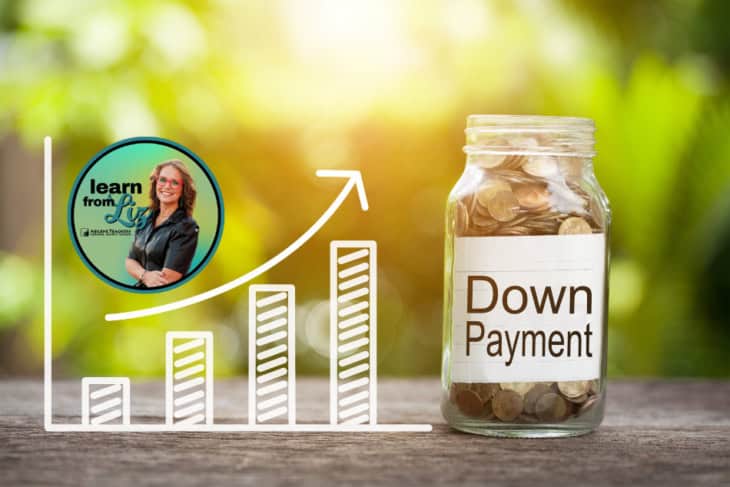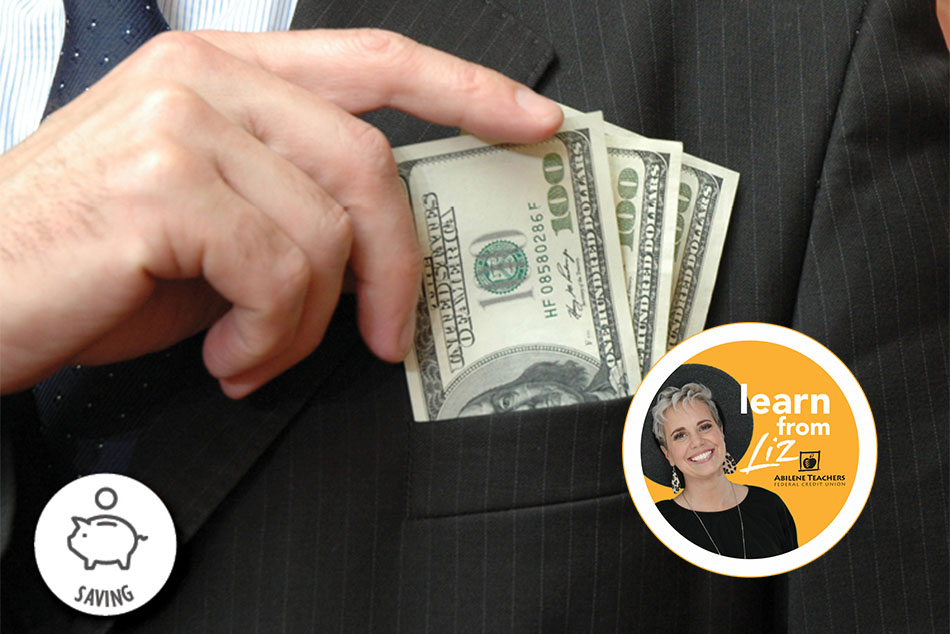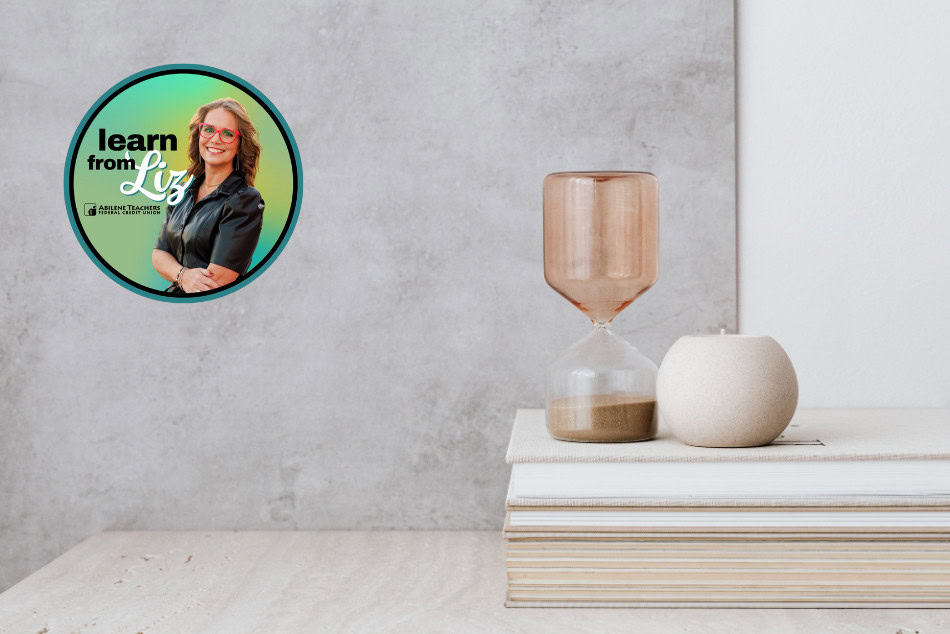Decoding Your Down Payment

How Much Do You Really Need to Save?
So, you’re thinking about buying a home. You’ve started dreaming about paint colors and backyard barbecues, but then a big, scary number pops into your head: the down payment. For years, the “20% down rule” has intimidated countless potential buyers, making homeownership feel like an impossible dream.
Well, as your financial coach, I’m here to bust that myth. Let’s decode the down payment so you can create a realistic savings plan that works for you.
Myth: You MUST Have a 20% Down Payment
Let’s start here. The idea that you need to put down 20% of a home’s purchase price is probably the most persistent myth in real estate.
Why did the 20% rule exist? Putting 20% down on a conventional loan allows you to avoid paying Private Mortgage Insurance (PMI). We’ll get to that in a minute. While a larger down payment does reduce your monthly mortgage payment and save you money on interest over time, waiting to save up that much can mean you miss out on years of building your own equity.
The Reality: Many homebuyers, especially first-timers, put down far less. The median down payment for first-time buyers is typically between 6-8%!
Your Loan Options: The Path to a Lower Down Payment
The key to a lower down payment is finding the right type of mortgage. Here are a few of the most common options that don’t require a huge initial investment.
- Conventional Loan: This option is a popular choice for borrowers with good credit and a solid down payment. The down payment typically ranges between 5-20%.
- Conventional 97 Loan: This is an excellent option for buyers with strong credit. It’s a conventional loan that allows for a down payment of just 3%.
- FHA Loan: Insured by the Federal Housing Administration, these loans are a favorite among first-time buyers. They are more flexible on credit score requirements and allow for a down payment as low as 3.5%.
- VA Loans: IF you are a veteran, an active-duty service member, or an eligible surviving spouse, a VA loan is an incredible benefit. For most qualified borrowers, they require $0 down.
- USDA Loans: For homes in designated rural areas (which includes many areas surrounding Abilene), these government-backed loans also offer a $0 down option for eligible buyers.
So, What is PMI?
If you put down less than 20% on a conventional loan, you’ll likely have to pay for Private Mortgage Insurance (PMI). PMI is simply an insurance policy that protects the lender – not you – in case you can no longer make your mortgage payments.
Don’t think of PMI as a penalty. Think of it as a tool. It allows you to buy a home and start building equity sooner than you could otherwise. Once you have 20% equity in your home, you can request to have the PMI removed, which will lower your monthly payment.
Actionable Strategies to Save for Your Down Payment
No matter your goal – 3%, 5%, or 10% – you still need a plan to save.
- Open a Dedicated “House Fund” Account: Don’t just lump your savings in with your checking. Open a separate savings account specifically for your down payment and closing costs. Giving it a name keeps you motivated!
- Automate Everything: The easiest way to save is to not think about it. Set up automatic, recurring transfers from your checking to your house fund every payday. Even $50 or $100 per check adds up fast.
- Conduct a Budget Audit: Track your spending for one month. Where is your money really going? Could you cut back on subscription services, dining out, or daily coffee runs and redirect that cash to your house fund?
- Bank Your Windfalls: Get a tax refund, a work bonus, or a raise? Before you spend it, put a significant portion (or all of it!) directly into your savings.
- Explore Down Payment Assistance (DAP): There are local and state programs designed to help homebuyers with down payment and closing costs. These are a game-changer for many families.
Don’t Let Myths Hold You Back
The path to homeownership is more flexible than you think. The perfect down payment isn’t 20% – it’s the one that gets you into your home without compromising your financial stability.
Ready to find out what your specific options are? The mortgage team at Abilene Teachers FCU is ready to build a personalized plan just for you. Let’s make that dream home a reality!


